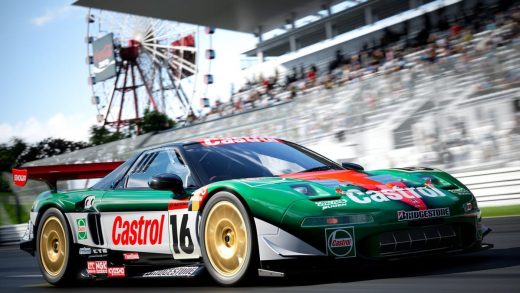
I woke up one day last year and realized I no longer listened to music. Instead I just listened to sludge—a blur of indistinguishable songs that imitated my music taste. My sludge addiction sprang from Spotify’s algorithmically curated playlists, which promised to help me focus or find music tailored to my tastes. The app’s design was always nudging me in that direction, so I dutifully followed. It was so easy! Searching for good music takes time. But at a tap, these playlists drip-fed me endless pap that dissolved into the background. Often, it was from artists I had never heard of before and—once the playlist refreshed—would never seek out again.
At some point last year, I decided: enough. I didn’t want sludge to soundtrack my life. Instead, I launched a one-woman backlash that has so far involved resisting Spotify’s call to “discover” new music weekly, following artists I like to smaller platforms like SoundCloud, and making the drastic decision to spend $50 on a vinyl album I’d already saved on my phone.
I had been feeling pretty good about kicking my sludge habit. But then last week I listened to a clip of Ariana Grande singing the Rihanna song “Diamonds.” Only, Grande wasn’t actually singing. Her voice had been generated by AI. This is the new iteration of sludge, I realized. And that made me think about the events of 20 years ago that led us to this point, where sludge threatens to take over music streaming.
Two decades ago, two music platforms launched on an anarchic and rapidly growing internet. The first was The Pirate Bay, a torrent file-sharing site that enabled anyone to binge on music without spending a cent. The other was Apple’s iTunes Music Store—now just the iTunes Store—which celebrates its 20th anniversary next week. Compared to The Pirate Bay, hoarding music on iTunes was expensive, with most songs costing around 99 cents.
The launch of these two platforms, less than a year apart, marked a crossroads for how we consume music. The architects of each had a clear vision for music’s online future. When I talked to Peter Sunde, one of The Pirate Bay’s founders, this week, he claimed the site set out to make music available to everyone, hoping (maybe idealistically) that would give artists a bigger audience prepared to buy concert tickets or merch. Apple’s project, on the other hand, offered the music industry a way to maintain its position in the scary new world created by the internet, enriching Apple’s business while escaping the free-download mania epitomized by sites like Napster.
iTunes outlived the official Pirate Bay. The torrent site was taken down in 2014 and the Swedish founders, including Sunde, spent a brief stint in jail for copyright infringement. But the dominant model of music streaming turned out to be something in between the two: limitless music in exchange for either a subscription fee (Spotify) or your time watching ads (the free version of YouTube). Yet one thing about the iTunes Music Store did proliferate: Apple cemented songs as a standalone product. “Nobody had ever sold a song for 99 cents,” Steve Jobs told WIRED’s Steven Levy, your usual host, in 2003, adding that he’d needed to reassure record labels that this wouldn’t mean the death of the album.
Record labels were right to worry. Apple’s decision to set songs free did contribute to the death of the album. That, in turn, opened the gates to sludge—where playlists completely untethered tracks from albums and even artists. My biggest problem with algorithmically-driven playlist culture is how the format—never-ending streams of disparate tracks designed for background sound—made me feel the music was disposable and the artists interchangeable.


